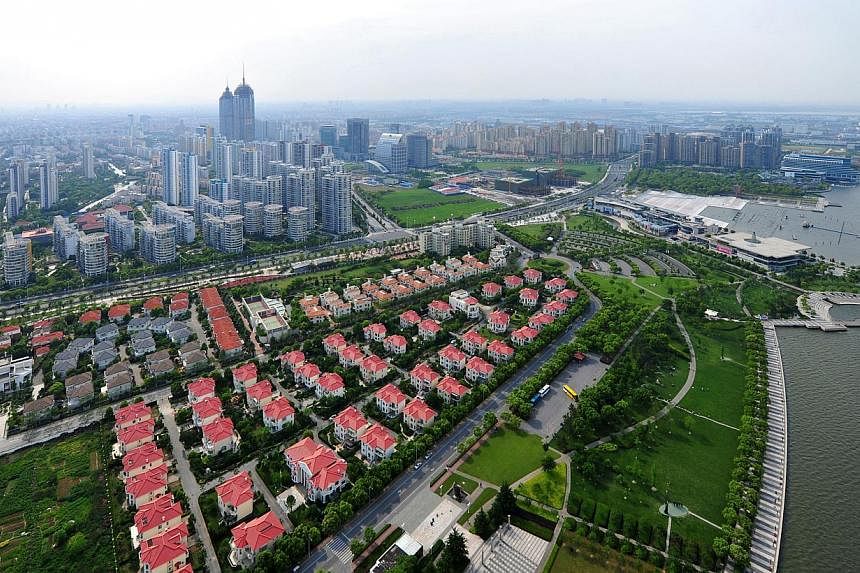The China-Singapore Suzhou Industrial Park (SIP) celebrates its 20th anniversary in October. Here are 10 things to know about the project:
1. Origins: The SIP began in 1994 as a bilateral project for Singapore to share industrialisation experiences with China and was backed by former Singapore prime minister Lee Kuan Yew and late Chinese strongman Deng Xiaoping.
2. Location: Suzhou was picked because of its proximity to the Shanghai financial hub and its educated, skilled talent pool.
3. Size: The park occupies a 288 sq km area in eastern Suzhou, about a third of Singapore's size. 80 sq km belongs to the China-Singapore cooperation zone.
4. Stakeholders: Singapore initially held a 65 per cent stake in the China-Singapore Suzhou Industrial Park Development Group (CSSD), with the rest by China. Singapore subsequently cut its stake to 35 per cent to incentivise the local government to support the SIP. Its stake in CSSD is now 28 per cent.
5. Focus: The project aims to encourage innovation and entrepreneurship, and to attract high-tech industries, especially software-focused information technology and biotechnology industries.
6. Success: The SIP is ranked the second-best industrial park in China and regularly tops developmental indices. Its gross domestic product in 2013 was 190 billion yuan (S$39.6 billion), up from one billion yuan in 1994. With 3.4 per cent of Suzhou's land area and 5.2 per cent of its population, it contributes 15 per cent to the city's economy.
7. Companies: The park is best known among the locals as "Yang (Foreign) Suzhou" - home to majority of Suzhou's expatriates and the base for Fortune 500 giants such as Samsung, UPS and Motorola. There are some 25,000 companies, of which 91 are Fortune 500 firms.
8. Facilities: SIP has a range of facilities including housing, retirement village, recreational and senior care facilities, as well as schools including the Suzhou Singapore International School
9. Challenges: SIP faces several key challenges. For example, low-end, labour-intensive industries like electrical manufacturing are being replaced by high-tech and service industries like nanotechnology and finance. But analysts say there should be an eco-system of large firms and small vendors. Otherwise, transport costs could rise if small firms cannot enter or have to move out. There is also a need to further streamline the SIP's bureaucracy and to better vet officials for top jobs after two officials were placed under anti-corruption investigations.
10: Singapore DNA: As it changes itself to cope with new challenges, many experts say the most crucial factor for the SIP is to maintain its Singapore DNA. This include traits like administrative efficiency, good infrastructure and a focus on talent.

